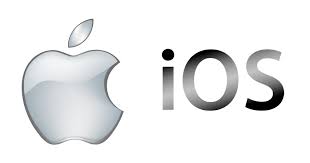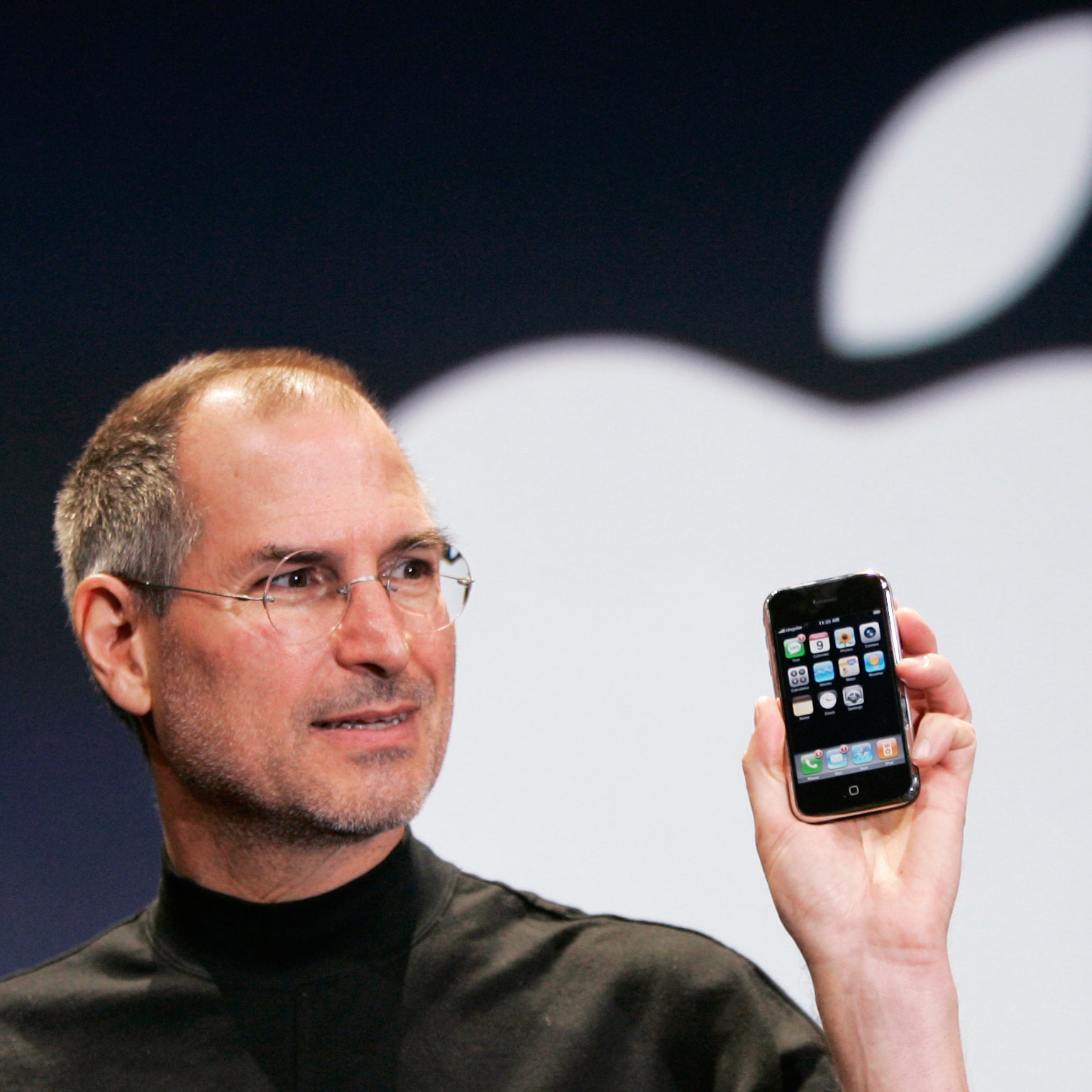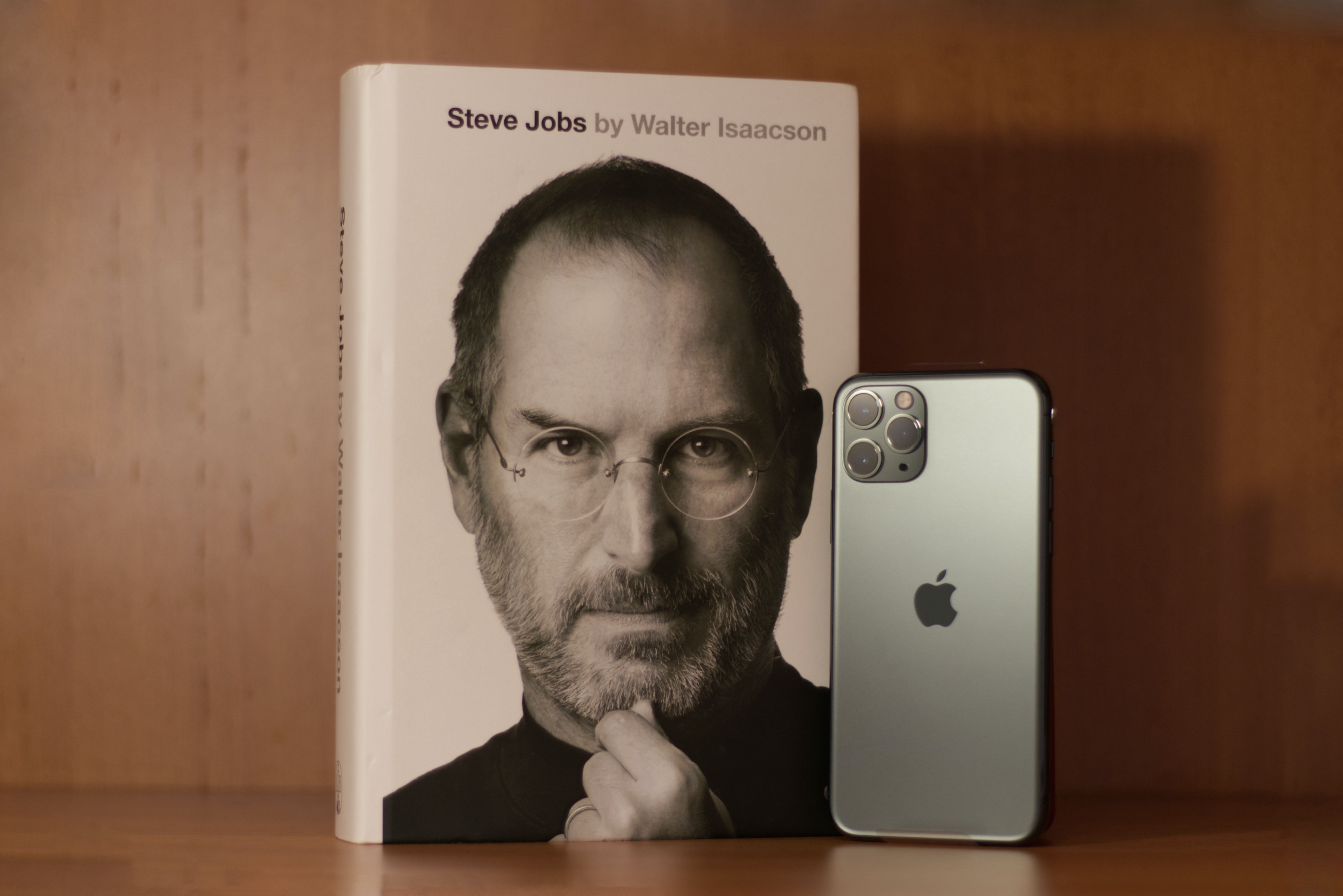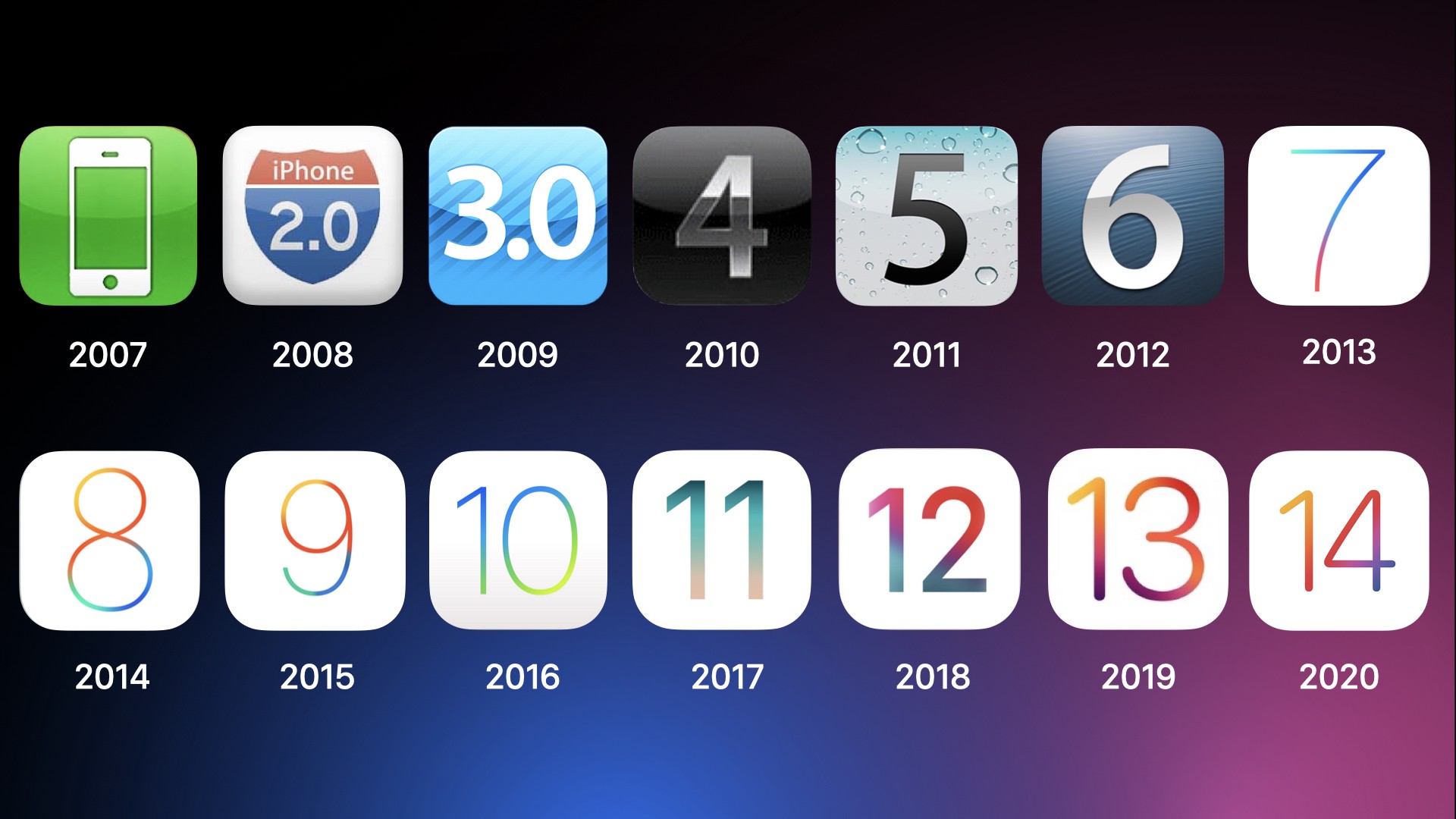 Home
Andriod
IOS
Windows
BlackBerry
Contact us
Home
Andriod
IOS
Windows
BlackBerry
Contact us

iOS (formerly iPhone OS) is a mobile operating system created and developed by Apple Inc. exclusively for its hardware. It is the operating system that powers many of the company's mobile devices, including the iPhone and iPod Touch; the term also included the versions running on iPads until the name iPadOS was introduced with version 13 in 2019. It is the world's second-most widely installed mobile operating system, after Android. It is the basis for three other operating systems made by Apple: iPadOS, tvOS, and watchOS. It is proprietary software, although some parts of it are open source under the Apple Public Source License and other licenses.[12] Unveiled in 2007 for the first-generation iPhone, iOS has since been extended to support other Apple devices such as the iPod Touch (September 2007) and the iPad (introduced: January 2010; availability: April 2010.) As of March 2018, Apple's App Store contains more than 2.1 million iOS applications, 1 million of which are native for iPads.[13] These mobile apps have collectively been downloaded more than 130 billion times. Major versions of iOS are released annually. The current stable version, iOS 14, was released to the public on September 16, 2020.[14] It brought many user interface changes, including the ability to place widgets on the home screen, a compact UI for both Siri and phone calls, and the ability to change both the default web browser and email apps. No devices were dropped, as all devices supported by iOS 13 are able to run iOS 14.
In 2005, when Steve Jobs began planning the iPhone, he had a choice to either "shrink the Mac, which would be an epic feat of engineering, or enlarge the iPod". Jobs favored the former approach but pitted the Macintosh and iPod teams, led by Scott Forstall and Tony Fadell, respectively, against each other in an internal competition, with Forstall winning by creating the iPhone OS. The decision enabled the success of the iPhone as a platform for third-party developers: using a well-known desktop operating system as its basis allowed the many third-party Mac developers to write software for the iPhone with minimal retraining. Forstall was also responsible for creating a software development kit for programmers to build iPhone apps, as well as an App Store within iTunes.[15][16] The operating system was unveiled with the iPhone at the Macworld Conference & Expo on January 9, 2007, and released in June of that year.[17][18][19] At the time of its unveiling in January, Steve Jobs claimed: "iPhone runs OS X" and runs "desktop class applications",[20][21] but at the time of the iPhone's release, the operating system was renamed "iPhone OS".[22] Initially, third-party native applications were not supported. Jobs' reasoning was that developers could build web applications through the Safari web browser that "would behave like native apps on the iPhone".[23][24] In October 2007, Apple announced that a native Software Development Kit (SDK) was under development and that they planned to put it "in developers' hands in February".[25][26][27] On March 6, 2008, Apple held a press event, announcing the iPhone SDK.


Steven Paul Jobs (/dʒɒbz/; February 24, 1955 – October 5, 2011) was an American business magnate, industrial designer, investor, and media proprietor. He was the chairman, chief executive officer (CEO), and co-founder of Apple Inc.; the chairman and majority shareholder of Pixar; a member of The Walt Disney Company's board of directors following its acquisition of Pixar; and the founder, chairman, and CEO of NeXT. Jobs is widely recognized as a pioneer of the personal computer revolution of the 1970s and 1980s, along with his early business partner and fellow Apple co-founder Steve Wozniak. Jobs was born in San Francisco, California, and put up for adoption. He was raised in the San Francisco Bay Area. He attended Reed College in 1972 before dropping out that same year, and traveled through India in 1974 seeking enlightenment and studying Zen Buddhism.
Steve Jobs was a charismatic pioneer of the personal computer era. With Steve Wozniak, Jobs founded Apple Inc. in 1976 and transformed the company into a world leader in telecommunications. Widely considered a visionary and a genius, he oversaw the launch of such revolutionary products as the iPod and the iPhone.

A cell phone combines technologies, mainly telephone, radio, and computer. Most also have a digital camera inside. Cell phones work as two-way radios. They send electromagnetic microwaves from base station to base station. The waves are sent through antennas. This is called wireless communication. Early cell telephones used analog networks. They became rare late in the 20th century. Modern phones use digital networks. The first digital networks are also known as second generation, or 2G, technologies. The most used digital network is GSM (Global System for Mobile communication). It is used mainly in Europe and Asia, while CDMA (Code-Division Multiple Access) networks are mainly used in North America. The difference is in communication protocol. Other countries like Japan have different 2G protocols. A few 2G networks are still used. 3G are more common, and many places have 4G. The radio waves that the mobile phone networks use are split into different frequencies. The frequency is measured in Hz. Low frequencies can send the signal farther. Higher frequencies provide better connections and the voice communications are generally clearer. Four main frequencies are used around the world: 850, 900, 1800 and 1900 MHz. Europe uses 900 and 1800 MHz and North America uses 850 and 1900 MHz. Today there are mobile phones that work on two, three or four frequencies. The most advanced phones work on all frequencies. They are called 'world' phones and can be used everywhere.